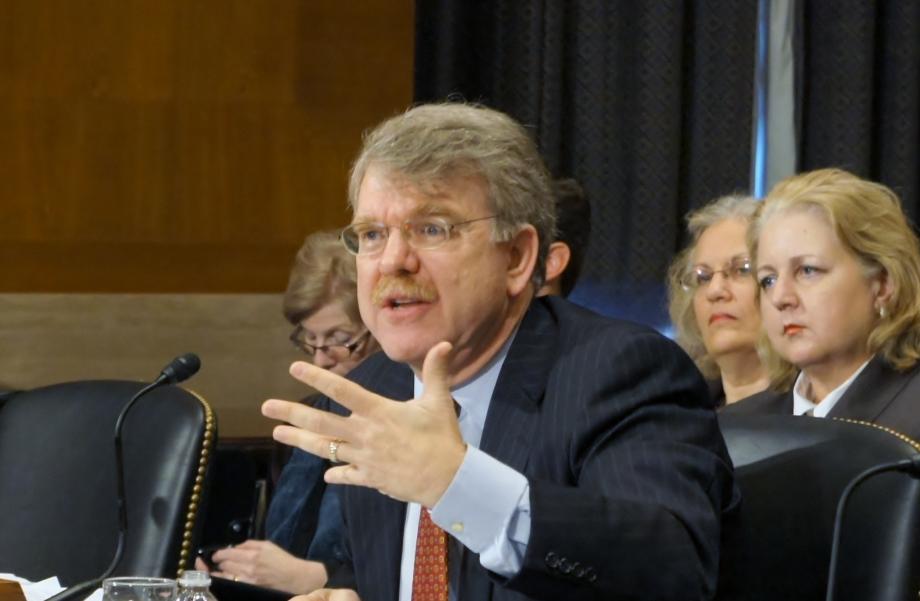By any measure, 2014 was a busy year for plan sponsors, retirement advisors and pretty much anyone else dealing, tracking or trying to comply with the Employment Retirement Income and Security Act. Next year promises to be just as hectic.
Supreme Court decisions, crackdowns by the Department of Labor and a shift in the political balance of power were among the big stories on the retirement front. And 2015 promises even more.
Here’s a look at some of the hot topics of 2014 and perhaps what we can expect in the year ahead.
 1. DOL crackdown
1. DOL crackdown
Back in 2010 and 2011, when the private sector was still shedding jobs, the DOL’s Employment Benefits Security Administration was beefing up its enforcement personal. It’s done wonder for government coffers. In 2011, the EBSA extracted settlements totaling $1.39 billion. By fiscal 2013, that number had jumped to $1.7 billion, the result of more than 3,600 audits of qualified retirement plans. Typically,improper or incomplete disclosures got advisors into trouble, including failing to acknowledge that they are, in fact, acting as a fiduciary when rendering investment advice to a plan’s investment committee. What had the DOL most concerned are advisors who use their positions to generate additional fees for themselves or their affiliates. We don’t yet know what the tally will be for 2014. But it’s no doubt higher, given an estimate from Morgan Stanley that the EBSA has committed 87 percent of its bolstered staff to cracking down on fiduciary negligence. That’s a lot of violations.
 2. Year of the 3(16)?
2. Year of the 3(16)?
All of that regulatory action, to say nothing of civil suits, clearly moved sponsors to rethink their fiduciary responsibilities – and ideally shed some of that liability whenever possible. That sentiment helped paved the way for the rise of the 3(16) fiduciary. “It certainly was a transformative year for the concept in that it became widely visible and talked about, and it certainly captured a lot of media attention,” said Phil Chiricotti, the head of the Center for Due Diligence. The evolution was still finding its footing as the year neared its end. “Advisors are much less interested in this than the media reports would have you believe,” explained Chiricotti. Which is a bit surprising to him, because he thinks the designation provides a great conversation-starter for RIAs mining for new business. “I’m not sure RIAs fully believe in the 3(16) yet,” he said. “Some record keepers have the capacity, but for the independent service provider, there still are real questions as to whether it can be done.” None of which is to say that the marketing push by 3(16) service providers is going to ease in any way.








 December 17, 2014 at 10:31 AM
December 17, 2014 at 10:31 AM











 3. Robo-advisors
3. Robo-advisors 4. Financial wellness
4. Financial wellness 5. PBGC in crisis
5. PBGC in crisis